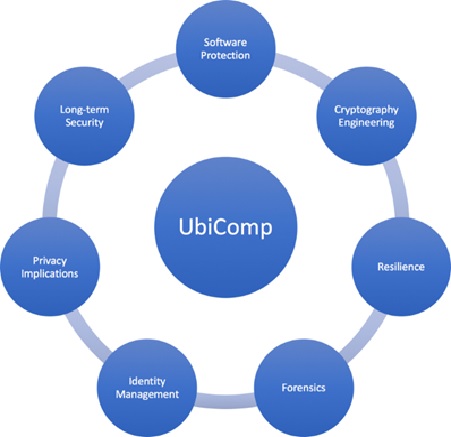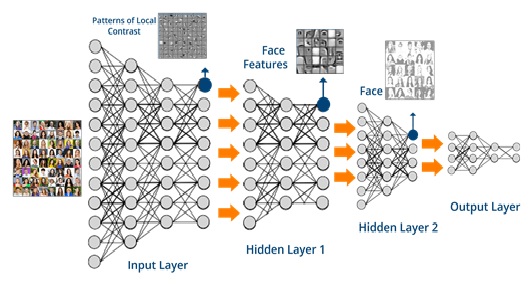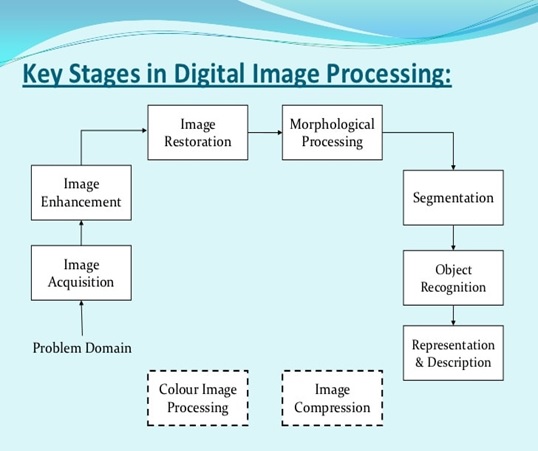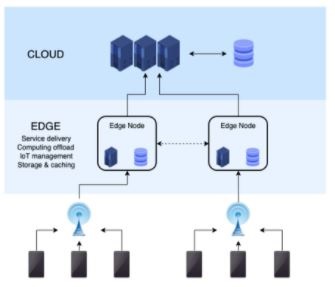OPUS Materials
Opus Materials Opus Materials Technologies are at the leading edge of novel designer materials. An approach based on a detailed understanding of the chemistry and physics of synthesis [1]. This enables unique materials to be designed with class leading performance resulting in the next generation of durable anti-soiling and self-cleaning coatings.
Copper is a long lasting, corrosion resistant, lightweight and strong material that involves minimal maintenance. When in contact with oxygen, copper forms a protective (patina) coating that renders it resistant to corrosion [2]. Copper is the leading choice for plumbing, heating, cooling and other mechanical systems. Residential, commercial, and industrial buildings all utilize copper as a construction material for water and air conveying systems. All seamless copper tube manufactured in the United States conforms to standards set by the American Society for Testing and Materials (ASTM) the above figure1 shown given below.
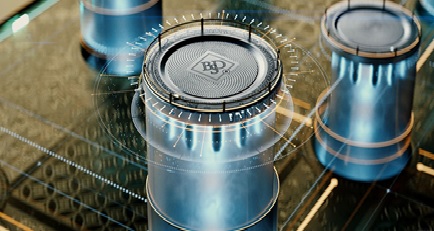
Figure1: OPUS materials.
Opus Building Materials LLC is unique in providing high-end interior and architectural specialty finishing products in highly demanding construction industry. Our past proven [3] experience in bridging the gap between the world’s leading manufacturers and regional architects, interior designers, developers, and contractors gave us an edge in providing innovative solutions. We specialize in design, supply, and installation of specialty products such as Auditorium seating, Stadium seating, Telescopic seating, Acoustic sound absorption wall and ceiling panels, Operable acoustic partitions, Divider curtains, Sports flooring, Raised access flooring, Bamboo flooring & cladding, WPC (Wood Plastic Composite) decking, ceiling and pergolas, Translucent daylighting solutions etc.
Roman construction is famed for the use of concrete and the buildings at Portus are no exception. Roman concrete is composed of mortar and aggregate. The mortar was a mixture of lime and a volcanic sand called pozzolana. Different materials were used for the aggregate, but at Portus primarily broken bricks and tiles [4] and roughly fist-sized pieces of a volcanic stone called tufa were used. Concrete was used to make the foundations, walls and vaults.
The concrete walls were all faced with either brick or stone. Brick faced concrete is called opus testaceum. Concrete faced with irregularly shaped stones is referred to as opus incertum. Reticulate facing is made up of stones pieces with a worked square face set on the point forming a diagonal grid. Reticulate facing was first popular under the emperor Augustus but then made a resurgence under the emperors Trajan and Hadrian. The buildings at Portus with reticulate facing date to the Trajanic and Hadrianic periods. Walls with both brick and reticulate facing are called opus multum. Wall facing with alternating rows of bricks and small rectangular stone blocks, called opus vittate, were prevalent in the later Roman period at Portus.
The timber formwork to create the concrete vaults would have been quite extensive, requiring multiple arched timber centering frames, boards to lay atop the frames, and then a framework of timber around the centering [5] in which the mortar and aggregate would have been laid in layers. Sometimes two layers of bricks would be laid atop the boards in order to protect the timber from the concrete, allowing the formwork to be re-used to make additional vaults.
- Opus quadratum: Ashlar; cut stone blocks.
- Opus caementicium: Unfaced concrete, often with grooves and lines from shuttering.
- Opus testaceum: Brick-faced concrete.
References:
- www.opusbm.com/
- www.futurelearn.com/info/courses/portus/0/steps/10962
- opuspiping.org/materials.aspx
- https://www.uistudios.co.uk/opus-materials-technologies
- https://www.opusbm.com
Cite this article:
Nandhinidwaraka S (2021), OPUS Material, Anatechmaz, pp. 15




